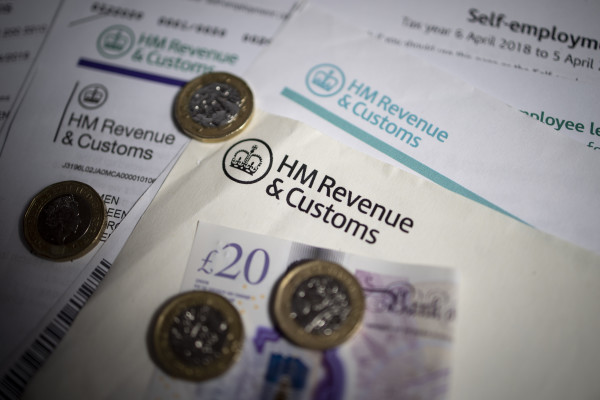- First £1,048 tax free.
- Next £3,141 charged at basic rate tax (20 per cent).
- Next £9,358 charged at higher rate tax (40 per cent).
- Any amount above this charged at additional rate tax (45 per cent).
It does not make any difference when in the tax year the payment is made, it will be treated the same whether paid in May or March.
Having a current year P45 may impact the bands given above, but the basic principle of only receiving a twelfth of the personal allowance and each subsequent band still applies.
*Members who are resident in Scotland will have different tax bands and rates, but the same theory will apply.
What does this mean for one-off payments?
When someone is only taking a one-off payment the use of the month one basis means that over taxation is likely to occur.
All UFPLS payments are 25 per cent tax free and 75 per cent subject to income tax. The 75 per cent that is taxed will have the bands applied as above. All of a flexi-access drawdown payment is subject to income tax, so the bands would apply to the full amount.
The example below demonstrates the over taxation that could occur on a one-off UFPLS payment of £100,000 (where £25,000 would be tax free, £75,000 subject to income tax), or a one-off flexi-access drawdown payment of £75,000. It assumes there is no other income in the tax year.
| | Month 1 | Month 12 |
Personal allowance | £1,048 | | £12,570 | |
Amount chargeable at basic rate | £3,141 | | £37,700 | |
Tax at basic rate (20%) | | £628 | | £7,540 |
Amount chargeable at higher rate | £9,358 | | £24,730 | |
Tax at higher rate (40%) | | £3,743 | | £9,892 |
Amount chargeable at additional rate | £61,453 | | | |
Tax at additional rate (45%) | | £27,654 | | |
Total tax | | £32,025 | | £17,432 |
In this example, the over taxation is £14,593 (£32,025 minus £17,432).
If you are trying to calculate the tax that will be paid on a member’s one-off payment it is worth noting that the monthly personal allowance is always given on a month one basis, however large the payment.
Where the member would be over the £100,000 threshold for the tax year the personal allowance is withdrawn via the tax code issued by HMRC after the first payment has been made.
How are new regular payments taxed?
When new payments are set up the scheme administrator should apply the tax code for the first payments as per the flow chart. They will inform HMRC when the first payment is made, and HMRC will then issue a new tax code so that the subsequent withdrawals made over the year should correct the tax position as they will be taxed on a cumulative basis.
How can overpaid tax be reclaimed?
If a one-off payment has been made in the tax year, it is likely that tax will have been overpaid. When this is the case the additional tax paid can be reclaimed in one of two ways:











